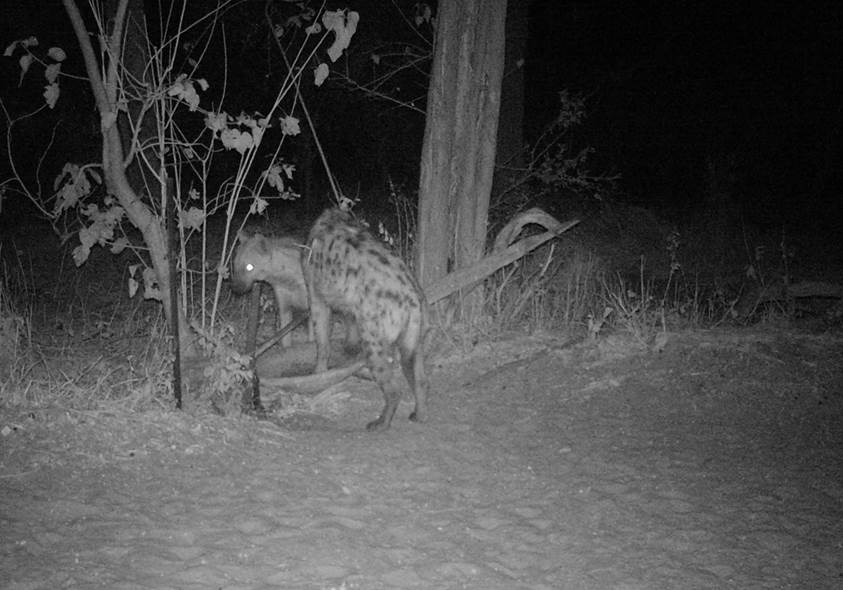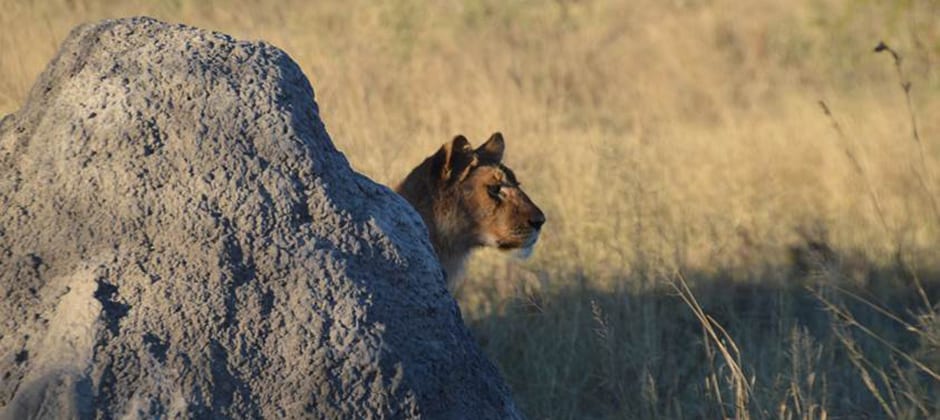Share this article
Climate change an emerging factor in human-wildlife conflict
In 2015, the largest marine heat wave in the U.S. hit the Pacific Coast. Whales moved closer to shore to find prey, but they came across something dangerous—they were getting entangled in crab fishing gear.
Crab fishermen and women wouldn’t usually be out at that time of year. But the change in climate was also causing an algal bloom, toxic to crabs. So the fisheries delayed their timing by several months—the same time migrating whales were on the coast.
“It was this double-whammy,” said Briana Abrahms, an assistant professor in the Department of Biology and Center for Ecosystems Sentinels at the University of Washington.
This was one of the topics Abrahms was studying when she realized there hadn’t been much published research on how climate change is exacerbating human-wildlife conflicts. Looking at scientific literature and government reports, she came across only a few dozen. And many of those were either buried in obscure journals or just anecdotal mentions.
In a paper published in Science, she delved deeper into this area and wrote a call to action for managers and researchers to focus on this issue.

Two hyenas in Botswana sneaked into a compound at night to drink water from a bird bath. In periods of drought, carnivores often enter human-dominated areas seeking food or water. Credit: Briana Abrahms/Botswana Predator Conservation
Abrahms was working on another project at the same time as her whale research that was on completely different species in a completely different area, but seemed to have some similarities when it came to climate and conflict.
In Botswana, a government report cited some of the highest numbers of human-wild conflicts on record, mostly large carnivores preying on livestock. That happened to be during an extreme drought in 2018. “It struck me how different these systems were, but the story was the same,” she said. “I felt like it was really important to tell this story and draw attention since these climate changes and conflicts are likely to increase in the future.”
As part of her paper, Abrahms applauded a new, proactive risk assessment developed by the state of California to help managers figure out when and where to close fisheries under different climate and ocean conditions. “If you understand what the underlying driver is, in this case climate is a factor in these dynamics, you can better prepare to make management decisions and reduce conflict—or avoid it in the first place,” she said.
Abrahms also pushes for more research in these areas, especially where there are geographic and taxonomic gaps. “We definitely need more research and also need to be synthesizing research across everything already out there to understand how much we should be more worried about long-term changes,” she said.
These events are not uncommon, she said. A two-decade study in New Mexico showed that black bears (Ursus americanus) coming into contact with humans and livestock changes with the El Niño and La Niña cycle. Drought conditions push them to look for more resources—often food left over by people.
“I’m hopeful and optimistic that by increasing the recognition of the role climate plays in human-wildlife interactions, we can better be able to anticipate and manage for them.”
Header Image: When natural prey are scarce, such as during droughts, lions (Panthera leo) and other large carnivores are more likely to prey on livestock. Credit: Briana Abrahms








